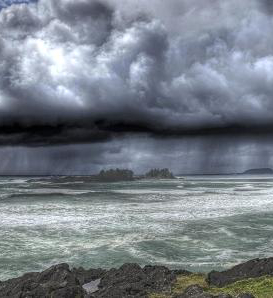BOM forecasts third La Niña chance
 The Bureau of Meteorology says there is a 70 per cent chance of a third consecutive La Niña year forming.
The Bureau of Meteorology says there is a 70 per cent chance of a third consecutive La Niña year forming.
Australia’s Bureau of Meteorology (BOM) has moved from 'La Niña WATCH' to 'La Niña ALERT' with the likelihood of La Niña returning this spring increasing to around 3 times the normal risk.
Climate models and indicators have shifted towards meeting La Niña ALERT criteria. A La Niña ALERT means the chance of a La Niña developing in the coming season has increased.
When La Niña criteria have been met in the past, a La Niña event has developed around 70 per cent of the time.
La Niña refers to changes in sea surface temperatures in the tropical Pacific Ocean, with waters in the eastern Pacific being cooler than normal, and waters in the western tropical Pacific being warmer than normal.
Trade winds strengthen, increasing the water moisture in the air, which usually brings rainfall to eastern and central Australia and a wetter start to the northern wet season.
The Bureau's 3-month climate outlook shows a high chance of above average rainfall for most of the eastern two-thirds of the Australian mainland between September and November 2022. The outlook reflects a range of climate drivers including a negative Indian Ocean Dipole (IOD) event and warmer than average waters around Australia.
With wet soils, high rivers and full dams, and the outlook for above average rainfall, elevated flood risk remains for eastern Australia.
It has been established that severe, drought-inducing El Niño’s are very often followed by intense or protracted La Niña’s – so Australia should have been prepared for this period of back-to-back severe seasonal climate patterns of extreme drought and extreme flood.
A third La Niña in as many years would be concerning for regions still recovering from flooding events earlier this year.
While a triple dip La Niña is not unprecedented, it has only occurred three times since 1950. La Niña events impact the weather and climate across the world, with increased likelihood of drought in California and wet conditions in south-east Asia and typically leading to cooler global temperatures.
Despite this, global temperatures during the 2020s have still remained over 1 degree warmer than the pre-industrial period, indicating the overwhelming influence of human influence on the climate.








 Print
Print